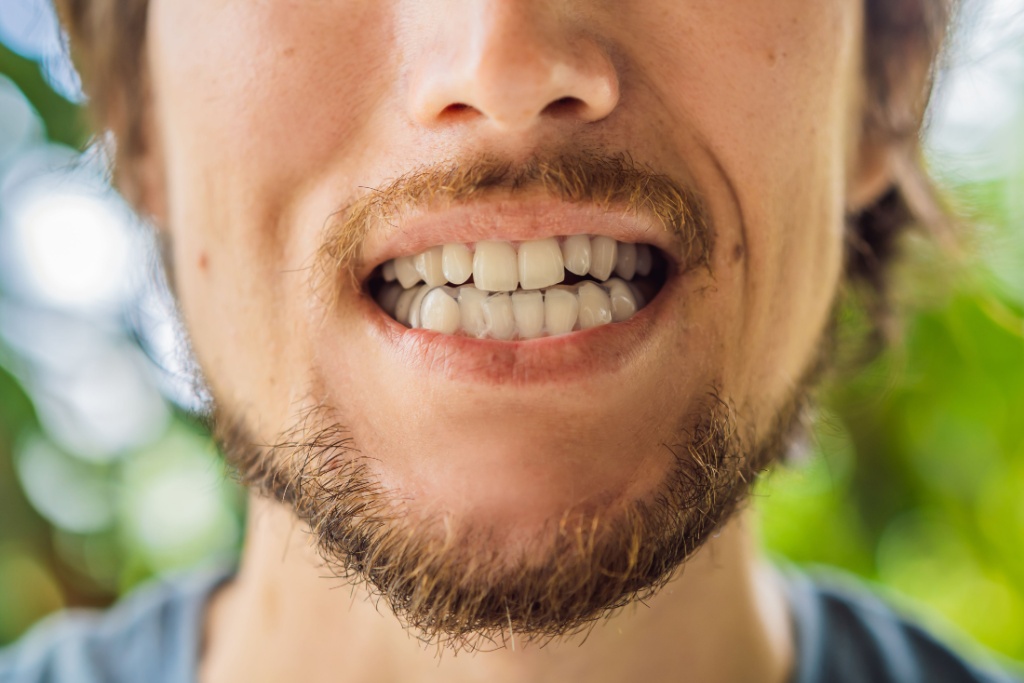Can You Get VA Disability for Bruxism?
Bruxism, commonly known as teeth grinding or clenching, can be a source of pain and discomfort for veterans. While the VA doesn’t directly award disability for bruxism itself, veterans might be eligible for benefits if their bruxism is linked to a service-connected condition. Let’s delve into the complexities of securing VA disability for bruxism.
The VA’s Stance on Bruxism
The Department of Veterans Affairs (VA) considers bruxism a potential contributor to dental and oral disabilities. However, it’s not recognized as a primary service-connected condition. This means veterans cannot directly claim disability for bruxism alone, even if it causes significant problems.

The good news? The VA acknowledges bruxism’s potential to worsen existing service-connected conditions. This opens the door for veterans to claim bruxism as a secondary service connection. Here’s the key:
- Establishing a Primary Service-Connected Condition: Veterans must first have a recognized service-connected disability that can cause or aggravate bruxism. Examples include:
- PTSD (Post-Traumatic Stress Disorder): The stress and anxiety associated with PTSD can contribute to bruxism.
- TMD (Temporomandibular Joint Disorder): Injuries or stress during service can lead to TMD, which is often accompanied by bruxism.
- Head Injuries: Traumatic brain injuries sustained during service might contribute to bruxism.
- Connecting Bruxism to the Primary Condition: The veteran needs to demonstrate a clear connection between their service-connected condition and their bruxism. Medical evidence, including:
- Dental Records: Documentation of teeth grinding or clenching from dentists.
- Medical Reports: Records from doctors linking bruxism to the primary condition.
- Personal Statements: The veteran’s own account of how their symptoms affect their daily life.
Here’s an example: A veteran with service-connected PTSD experiences bruxism that worsens their headaches and jaw pain. This veteran might be eligible for an increased disability rating due to bruxism as a secondary service-connected condition.
The Rating System and Bruxism
The VA’s Schedule for Ratings for Dental and Oral Conditions assigns disability ratings based on the severity of symptoms. Bruxism typically falls under diagnostic codes 9905 or 9913, depending on the specific symptoms and their impact.
- Rating Levels:
- 0%: No compensable disability.
- 10%: Minimal impairment, such as occasional headaches or jaw pain.
- 30%: Moderate impairment, with frequent pain or difficulty chewing.
- 50%: Significant impairment, causing limitations in daily activities.
- 100%: Total impairment, preventing normal functioning.
The severity of bruxism and its impact on the veteran’s overall well-being determine the assigned disability rating.
The Importance of Evidence and Advocacy
Building a strong case for VA disability benefits related to bruxism hinges on gathering comprehensive medical evidence. This includes:
- Detailed Dental Records: Regular dental checkups with documented evidence of bruxism and its effects on teeth and jaw.
- Medical History: Documentation of the primary service-connected condition and its potential link to bruxism.
- Statements from Healthcare Providers: Opinions from dentists and doctors on the severity of bruxism and its connection to the veteran’s service-connected condition.
The application process for VA disability benefits can be complex. Consider seeking assistance from a VA benefits attorney if you need assistance or have already been denied benefits.
Wrapping it Up: VA Benefits and Bruxism
While directly obtaining VA disability for bruxism isn’t possible, veterans experiencing bruxism alongside a service-connected condition might be eligible for additional benefits. The key lies in establishing a clear connection between bruxism and the primary condition through comprehensive medical evidence and a well-documented case.
